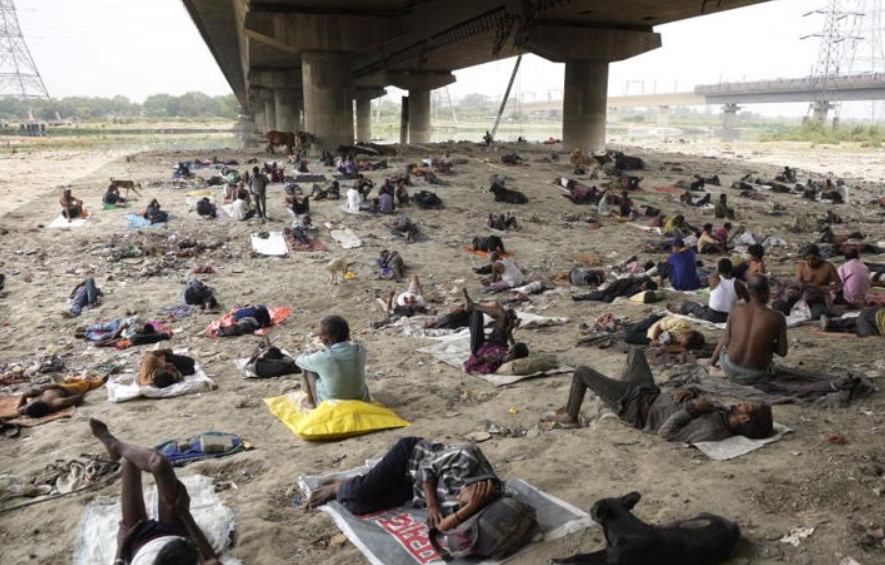India could get heat waves that exceed threshold for human survival

In India during the past few decades, significant heat waves have been brought on by climate change. According to a World Bank assessment, India may soon be among the first countries in the world to face heat waves that exceed the threshold for human survival. The findings were published by the international bank in November last year under a report titled “Climate Investment Opportunities in India’s Cooling Sector.”
“Heat stress for humans is a combination of temperature and humidity,” reports said quoting climate scientist Kieran Hunt.
Therefore to understand the effects of extreme heat waves on humans, Wet-bulb temperatures are used. This is an indicator which combines the relative humidity and temperature of the air. In comparison to air temperature alone, it offers a more precise measurement of heat stress on the human body.
According to the World Bank report analysis, India’s wet-bulb temperatures rarely, if ever, rise beyond 32°C even during the greatest heat waves. However, according to climate models, these temperatures could exceed the survivability threshold of 35°C at a few locations in the Northern parts.
In fact, the report suggests that large areas of South Asia are likely to experience episodes with temperatures higher than 31°C, which is extremely dangerous for most humans.
As early as 2030, 160-200 million people in India might be vulnerable to deadly heat waves if focused adaptation measures that give access to sustainable cooling are not taken.
There is no denying that nationwide temperatures have been rising at worrisome rates in recent years. The need for cooling is anticipated to increase by eight times by 2037. As a result, there will be a need for a new air conditioner every 15 seconds, which will increase yearly greenhouse gas emissions by 435 percent over the next two decades.
If carbon emissions stay high, heat waves in India are predicted to endure 25 times longer by 2036–2065, according to the G20 Climate Risk Atlas. India’s rising temperatures will increase demand for cooling.
According to a recent World Bank report, keeping spaces cool by 2040 could create an investment opportunity worth $1.6 trillion as India’s temperatures rise steadily as a result of climate change. Additionally, this has the potential to generate nearly 3.7 million jobs and significantly lower greenhouse gas emissions.
“India’s cooling strategy can help save lives and livelihoods, reduce carbon emissions and simultaneously position India as a global hub for green cooling manufacturing,” said Auguste Tano Kouamé, the World Bank’s Country Director in India. “The report suggests a sustainable roadmap for cooling that has the potential to reduce 300 million tons of carbon dioxide annually by 2040.”







